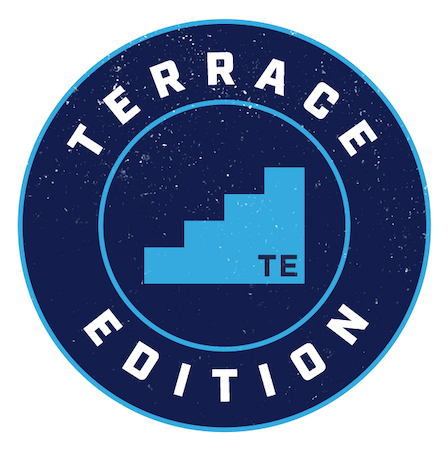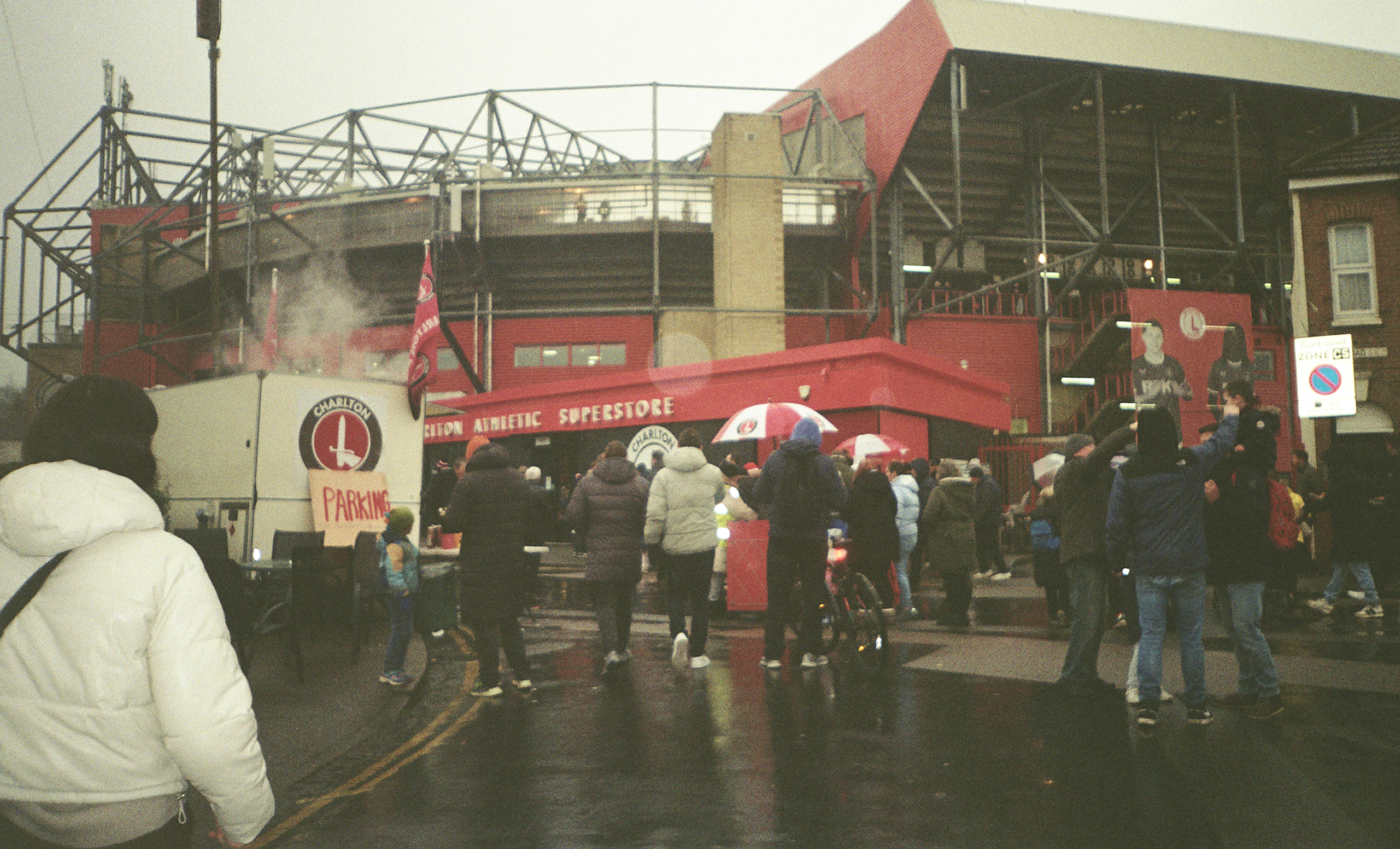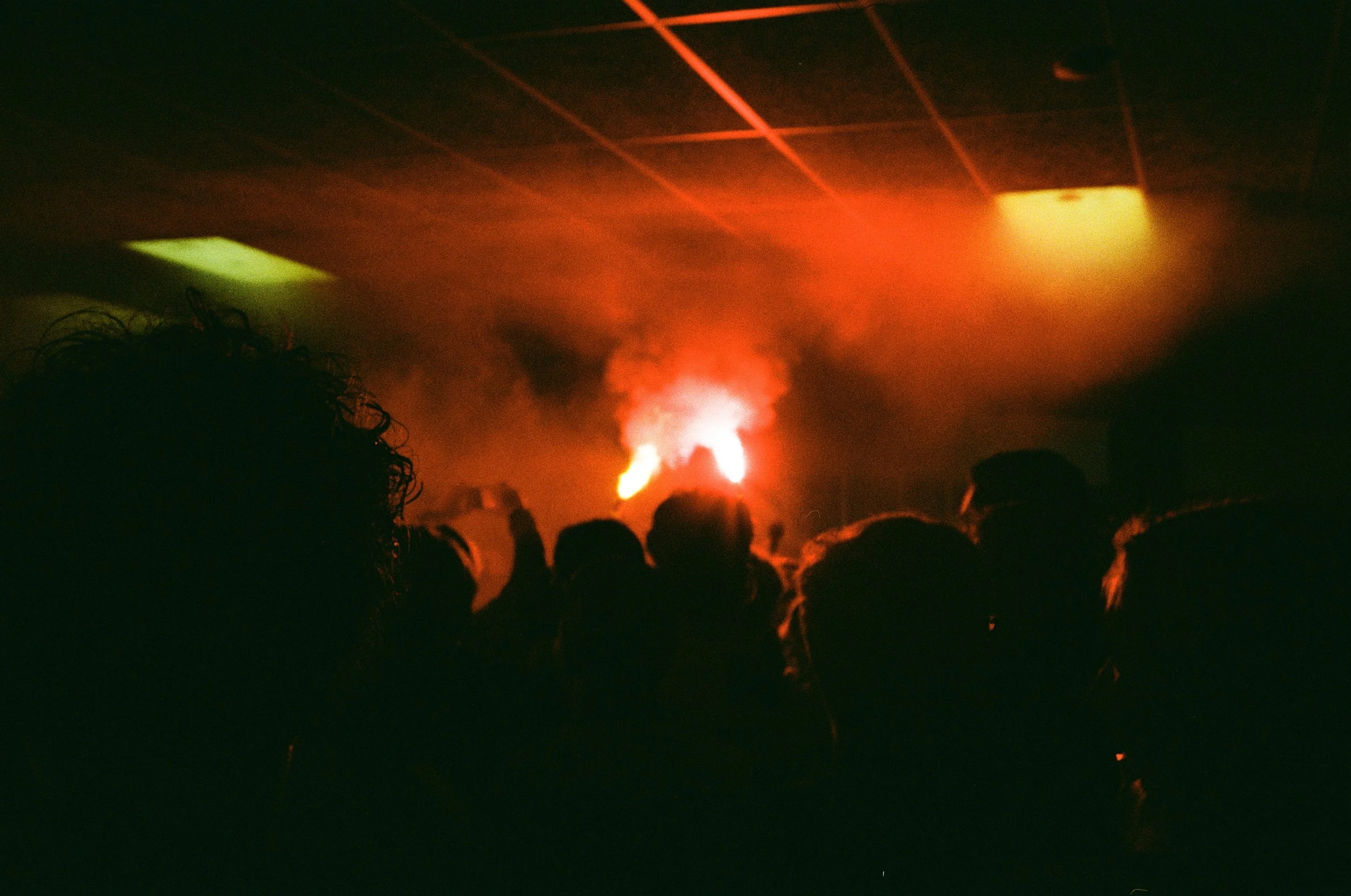Goodbye Cicha 6

Words: Football on Analog
Images: Football on Analog
It was time to say goodbye on this picture-perfect Saturday in Chorzow.
Nearly 90 years after opening its gates in 1935, Cicha 6 welcomed fans for the final time on the 28th of June, 2025 — a farewell to one of Poland’s most iconic football grounds, the beloved home of Ruch Chorzów.
Before diving into the report on this historic ground and grand goodbye, I should get the questions out of the way on what and where Chorzów is, for those unfamiliar with Polish football.
Well, Chorzów is a city located in the south of Poland and more specifically in the metropolitan area of Katowice, some might say „football Mecca“.
More importantly, to citizens of Chorzów, the city is located in Silesia, precisely in Upper Silesia.
©Football on Analog/ Terrace Edition. Ruch Chorzów vs Warta Poznań.
You might ask yourself Why is this relevant?
For many locals, identity is rooted not in Polish nationality but in Silesian heritage.
It's why the blue-and-yellow flag with the golden eagle of Upper Silesia flies proudly in the stands, often accompanied by banners reading "Oberschlesien" (German for "Upper Silesia") or "To my, naród śląski” (“We are the Silesian nation”) rather than the typical references to the Polish national colours found in most Polish stadiums.
Some fans of Ruch Chorzów go as far as supporting the independence of Silesia as an autonomous region.
The stadium was opened on the 29th of September 1935 in a match against Warta Poznań. Fittingly, history came full circle, as Warta would also be the final opponent to grace the pitch nearly nine decades later.
©Football on Analog/ Terrace Edition. Ruch Chorzów vs Warta Poznań.
In 1935, this new Stadium would be described as „arguably one of the most beautiful“ stadiums in Poland, with approximately 25,000 spectators attending the match.
A distinct architectural feature was the grandstand: it featured a roof that did not require load- bearing beams, providing an unobstructed view for fans, revolutionary at the time.
The location of the stadium adds to the close connection to the city and the people, as many supporters worked in the nearby steel mill, as well as Ruch players themselves for many years.
In 1939, another iconic feature was added: the famous Omega clock. Swiss watchmaker Omega had launched a promotion in 1929, gifting a stadium clock to Poland’s most popular club.
©Football on Analog/ Terrace Edition. Ruch Chorzów vs Warta Poznań.
In the first run, this competition would be won by Warta Poznań, hard to imagine considering the current state of them; in the second edition of the competition, it would be Ruch Chorzów winning it and receiving the famous clock.
The clock became a cherished symbol, protected during the Second World War by local watchmaker Augustyn Ferda, who ensured its safe return after the conflict.
With interruptions, the clock has stood to this day at Cicha 6. Ruch Chorzów enjoyed most of their success at Cicha 6, as in the 1974/75 season, they would play in the quarterfinal of the European Cup, where they would lose against Saint-Etienne on aggregate, making it their furthest advance in the competition.
The Niebiescy (engl: blues) would celebrate a staggering 12 Polish championships at Cicha 6, making them one of the most decorated clubs in Polish football.
There is probably no other place that has shaped the identity of Chorzów as Cicha 6 has, as generations of Ruch fans, starting from the 1930s, called this place their home and would spend their weekends here. It was the pride of the city and would unite them all.
©Football on Analog/ Terrace Edition. Ruch Chorzów vs Warta Poznań.
One could already imagine the spectacular and emotional goodbye from this historic place.
Whilst for a large part of the first half of this final match at Cicha 6, the lads around Ultras Niebiescy were busy with the preparations for their first choreo, as the wind was attempting to ruin it.
With the start of the 33rd minute, large blue and white flags would be waved around most parts of the stadium, surrounding a banner paying tribute to the countless memories at Cicha 6.
In the 34th minute, this would be accompanied by blue and white smoke around the stands. During half-time, a second display would be prepared that would display the historic landmarks of Cicha 6, as well as the words “Cicha 6, zawsze w nas” (English: “Cicha 6, always in us”).
This display would be finalized with red flares around the whole stadium — wow...what a display. I was already fully satisfied with my trip to Chorzów, but just minutes later, I was treated to more: red flares lit up the stand, and roman candles the sky above me.
And whilst the match ended in a goalless draw, it was trivial to farewell on this day as the performance on the stands was spectacular. It was an honor to witness this farewell, and Cicha 6 will, from now on, hold a place in my memory.
©Football on Analog/ Terrace Edition. Ruch Chorzów vs Warta Poznań.
©Football on Analog/ Terrace Edition. Ruch Chorzów vs Warta Poznań.
©Football on Analog/ Terrace Edition. Ruch Chorzów vs Warta Poznań.
©Football on Analog/ Terrace Edition. Ruch Chorzów vs Warta Poznań.
©Football on Analog/ Terrace Edition. Ruch Chorzów vs Warta Poznań.
Football on Analog is on Insta: @footballonanalog














